After making the 10-minute Hainanese kaya last week, I wanted to try making kaya using a different coconut cream and coconut milk combination. The Hainanese Kaya was made with coconut cream which thickens very quickly, cutting the cooking in record time. Coconut cream is much more fattening than coconut milk, which I’m very conscious about. This Pandan kaya uses 100ml of coconut cream and 100ml of coconut milk and takes more than double the time I took making the Hainanese Kaya, all in about 25 minutes, which is actually still not too bad as many recipes out there requires constant stirring of the kaya for more than an hour.
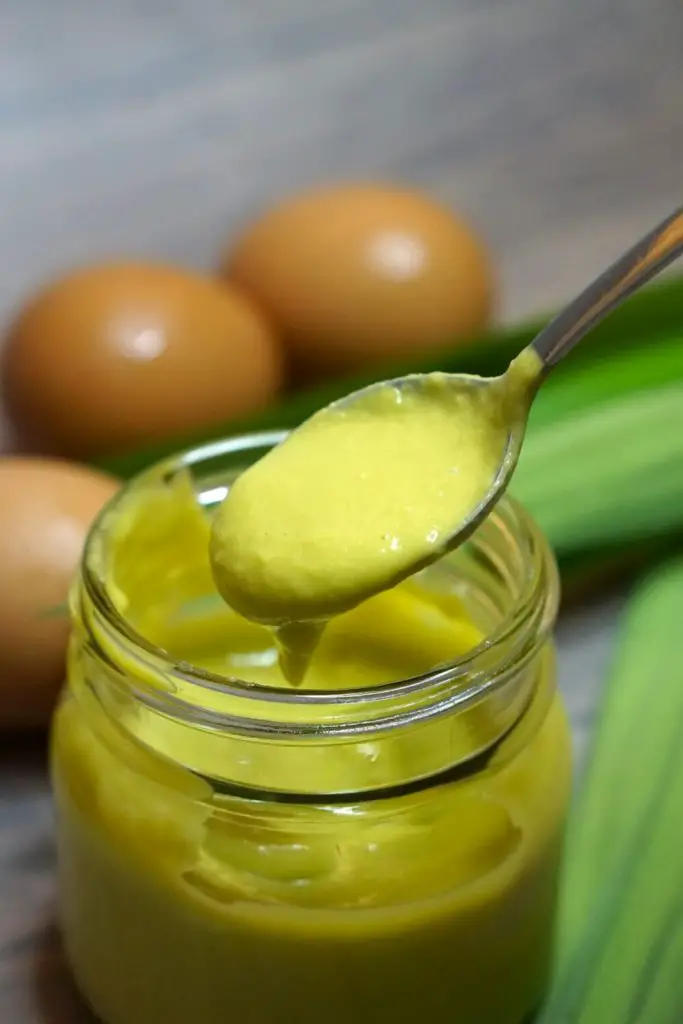
As I mentioned, my memory of my favourite kaya was the version made by my grandmother in Malaysia, she used a milo tin and cooked the kaya over a charcoal stove, stirring it over hours to produce that few bottles of kaya that we all fight over. I’m making this on modern fire stove using the smallest hob over the smallest fire.
What is Pandan Kaya?
Pandan kaya is a typical coconut jam that’s commonly found in Southeast Asia. Like Hainanese kaya, it’s made of coconut milk, sweetened with sugar, flavoured with pandan leaves (screwpine leaves) and enriched with eggs.
Different countries in Southeast Asia call this coconut jam different names. In Singapore and Malaysia, it’s either Pandan Kaya or Hainanese Kaya, or simply just Kaya. In Indonesia, the Indonesians call it the selai srikaya. In Thailand, it is called sangkhaya (สังขยา), and in The Philippines, they call it matamís sa báo (matamís na báo or minatamís na báo).
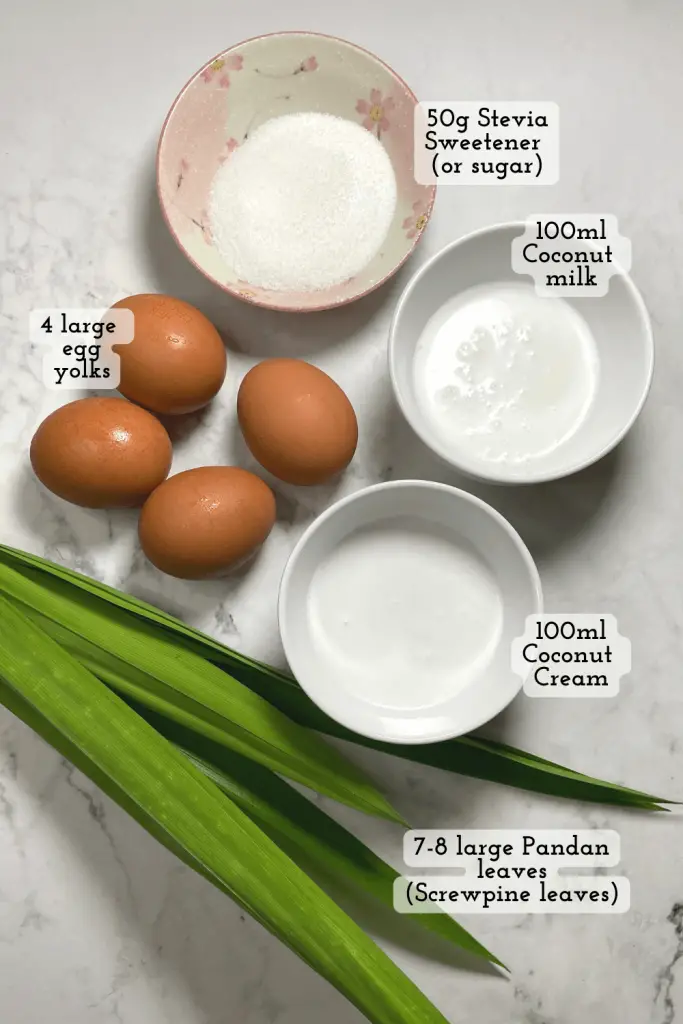
What is the difference between Pandan Kaya and Hainanese Kaya?
Pandan kaya is also referred as the Nyonya kaya, it’s pale green in colour mainly due to the pandan juice or pandan extract. Pandan kaya features a strong aromatic pandan flavour. Hainanese kaya is brownish which comes from caramelised sugar and you can definitely taste that caramelisation in the jam.

How do you enjoy kaya?
Kaya is a rich creamy sweet coconut jam that is normally spread on toast for breakfast or teabreak. I have used it as a jam filling for my thumbprint cookies, pulut tai tai and kaya puffs. Some people also used kaya to spread on cakes or to make traditional Nonya kuehs (Peranakan desserts).
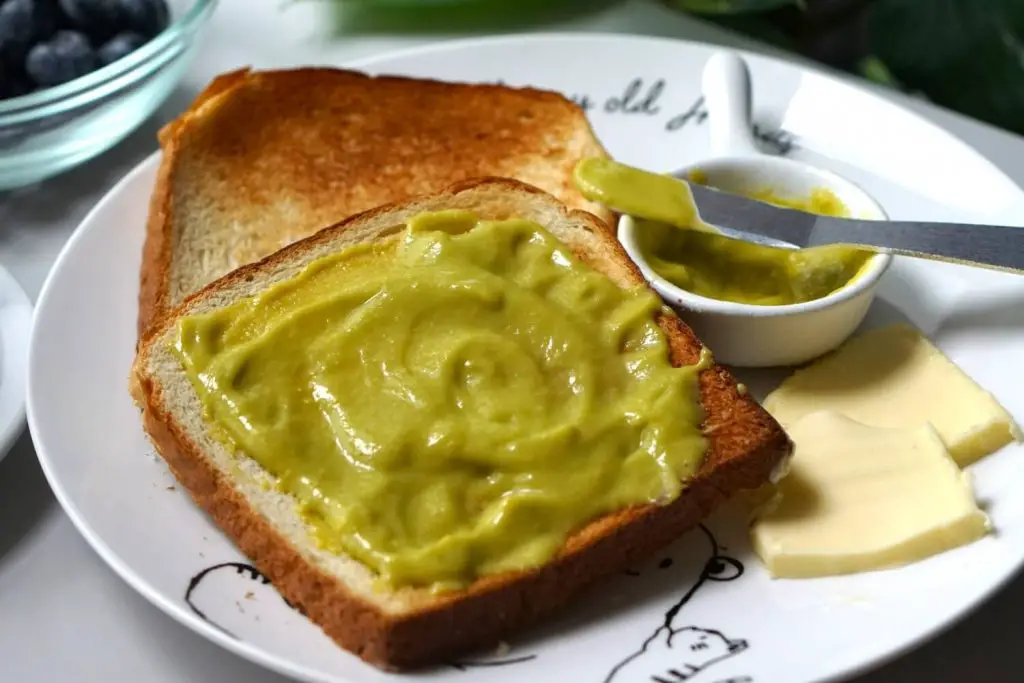
A few things to note when making this Pandan Kaya
- Many recipes call for using coconut milk and stirring for hours to reach the thickened consistency of the pandan kaya. This recipe uses 100ml coconut cream and 100ml coconut milk and takes slightly longer to cut to a thicker consistency, as compared to my 10-minute kaya which uses 200ml of coconut cream. The coconut milk does take longer to thicken due to higher liquid content. Thus you can also substitute the coconut milk and use 200ml of coconut cream instead.
- There is a difference between coconut cream and coconut milk. Coconut milk has higher fat content and when diluted with water, it becomes coconut milk. Many coconut brands you see in the supermarket such as Santan, Kara have both coconut cream and coconut milk.
- The coconut cream and milk brand I used is Kara, easily available in supermarkets in Singapore.
- You can add more pandan leaves (cut into 5cm pieces) when cooking the coconut mixture to intensify the flavour.
- If you can’t find fresh pandan leaves, you can also use store-bought pandan paste.
- As mentioned in my 10-minute kaya post, only egg yolks are used to make this kaya. This is because the egg white is composed of mostly protein and water, and it coagulates (becomes solid) around 62°C, causing the white to cook faster than the yolk. Using only egg yolks worked perfect in both my kaya recipes.
- I used a non-stick pot suggested by my mummy and it really makes the stirring smooth and easy.
- I have mentioned in many of my recipes in this blog that my family is very particular about sugar consumption. Thus I have opted to use Stevia sweetener (monkfruit sugar) but you can use normal sugar if you prefer.
- Controlling the heat is important. I used the smallest hob on my stove at the lowest temperature when adding the yolks.
Watch My Pandan Kaya Recipe on YouTube
Save on Pinterest and make it later
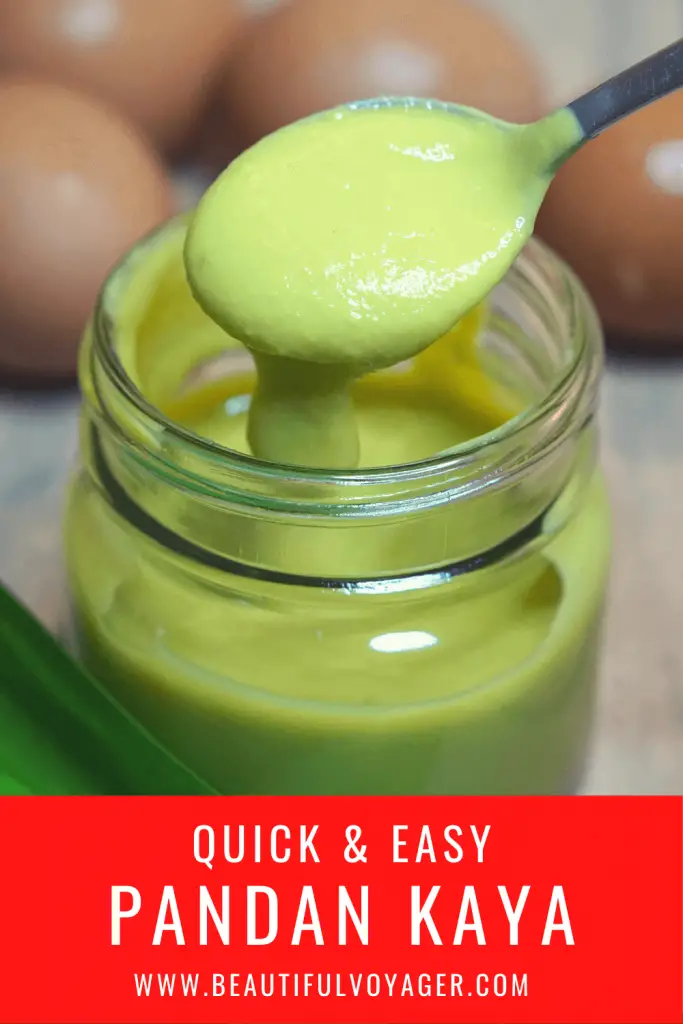
Pandan Kaya Quick & Easy Recipe 班兰咖椰醬
Ingredients
- 100 ml coconut cream
- 100 ml coconut milk
- 50 g Stevia sweetener or sugar
- 4 yolks from large eggs
- 7-8 pandan leaves
Instructions
- Wash the pandan leaves thoroughly to remove any soil or dirt. Cut off its roots if it's still attached. Cut pandan leaves into small pieces (about 1cm) and place into food processor, Add 50ml water and blend well.7-8 pandan leaves
- Squeeze to extract 50ml of pandan juice and set aside.7-8 pandan leaves
- Separate 4 yolks from 4 large eggs. Try as much as possible to separate the egg whites as clean as possible from the egg yolks. Whisk the egg yolks and set aside.4 yolks from large eggs
- Turn on low heat. Use a non-stick pot, add 100ml coconut cream, 100ml coconut milk, 50ml pandan juice, 50g Stevia sweetener (or sugar). Optional to add 1-2 more cut pandan leaves. Constantly stir to mix well until sugar dissolves. Mixture will turn into a nice green colour because of the pandan juice. The mixture will simmer but do not let it boil.100 ml coconut cream, 100 ml coconut milk, 50 g Stevia sweetener, 7-8 pandan leaves
- Reduce heat to the lowest. Slowly add egg yolks a bit at a time (4-5 times), while keep stirring so that the egg yolks mix well with the coconut mixture. The kaya will start to thicken after about 15 minutes.4 yolks from large eggs
- After about 25 minutes, the jam is thick enough. The right consistency is when the kaya coats the spatula nicely and drips off slowly. Turn off heat.
- Allow the kaya to cool off before sieving it to remove any lumps or pandan leaves (if added).
- Store in an airtight container in the fridge for up to 10 days. The kaya will thicken slightly more in the fridge.

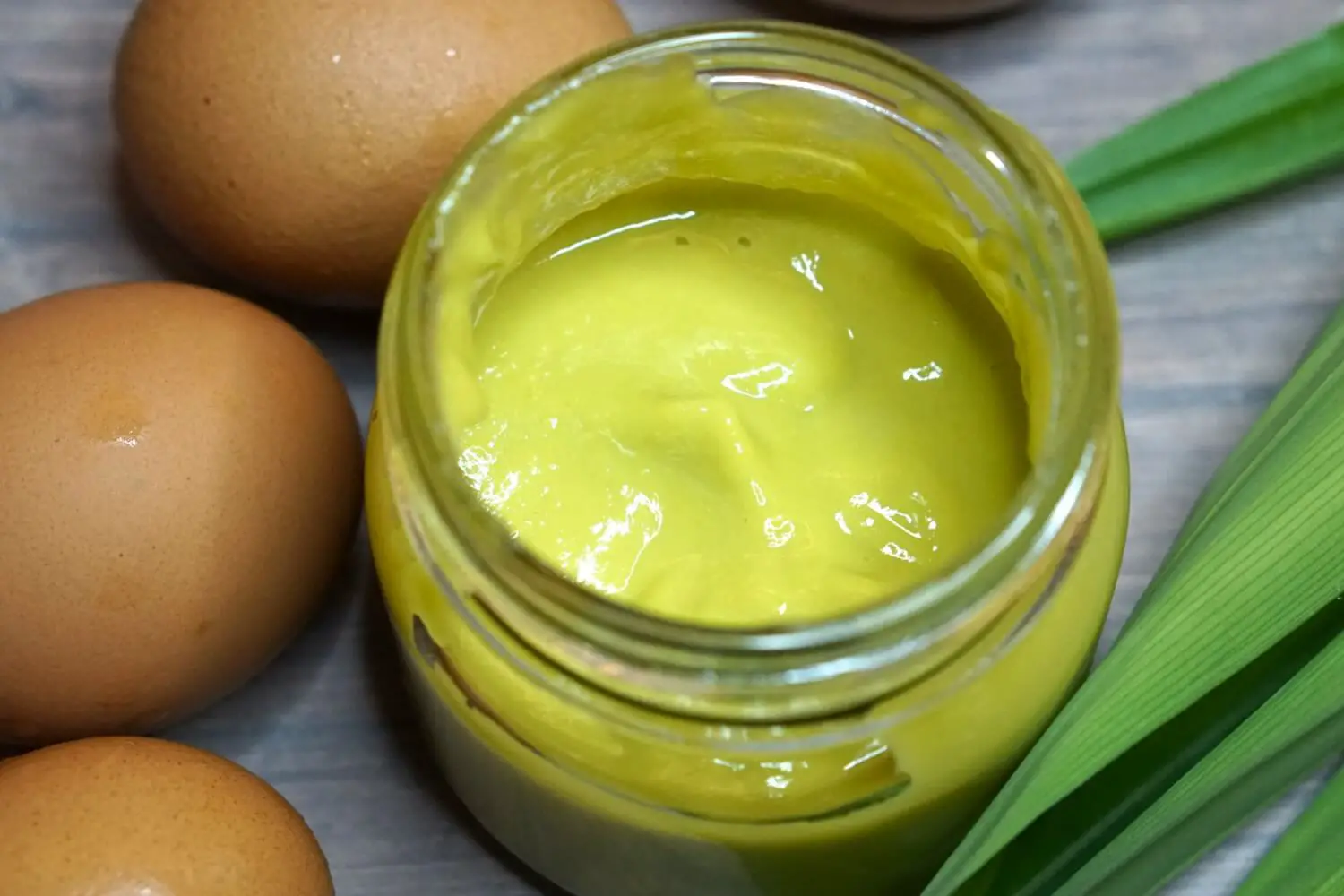
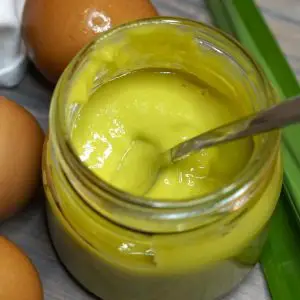
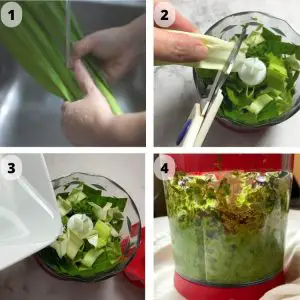
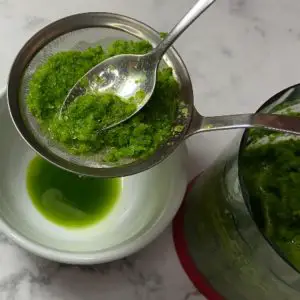
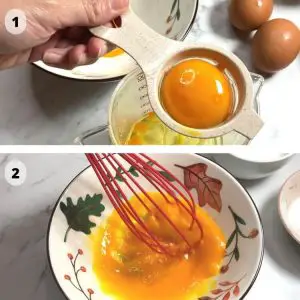
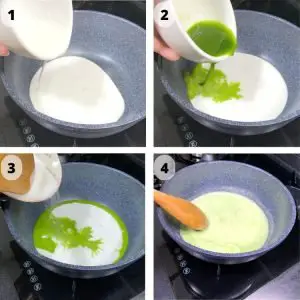
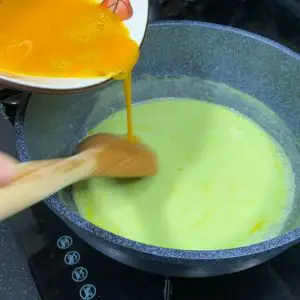
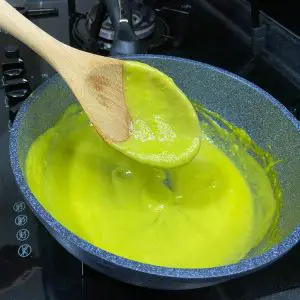
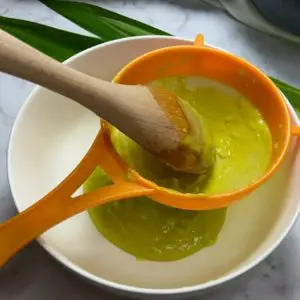
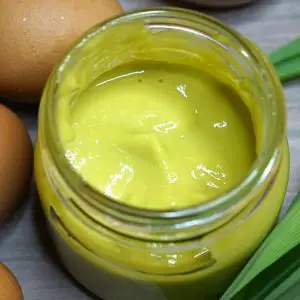
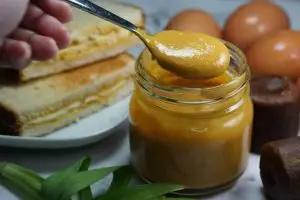 Hainanese Kaya in 10 Minutes 海南咖椰醬
Hainanese Kaya in 10 Minutes 海南咖椰醬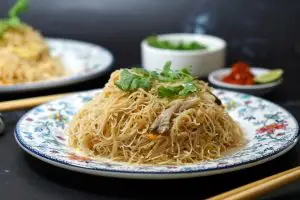 Vegetarian Fried Bee Hoon 斋炒米粉 (Singapore Noodles / Rice Vermicelli)
Vegetarian Fried Bee Hoon 斋炒米粉 (Singapore Noodles / Rice Vermicelli)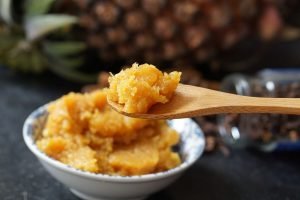
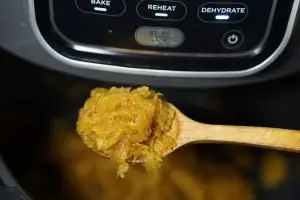
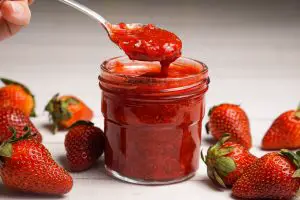



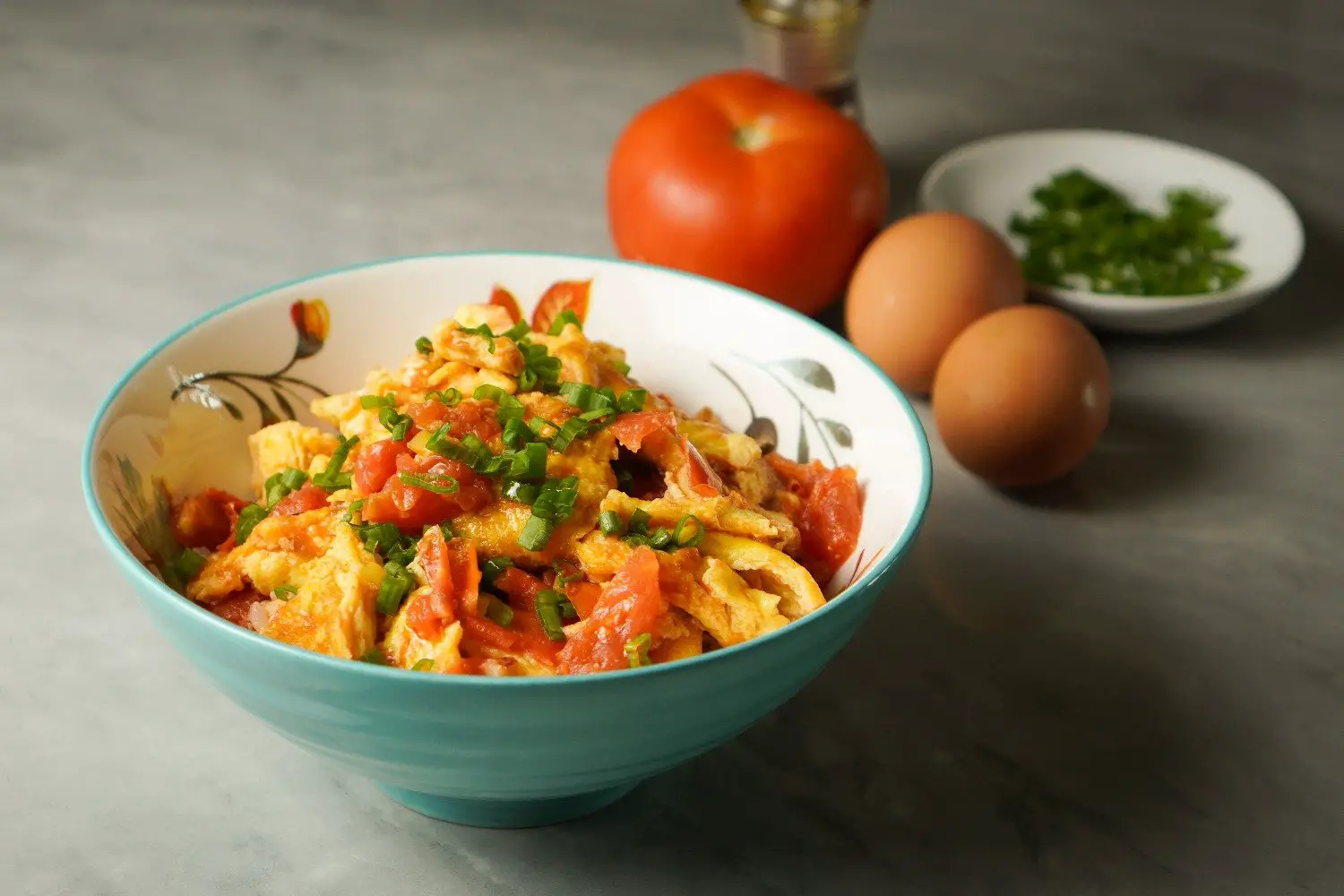
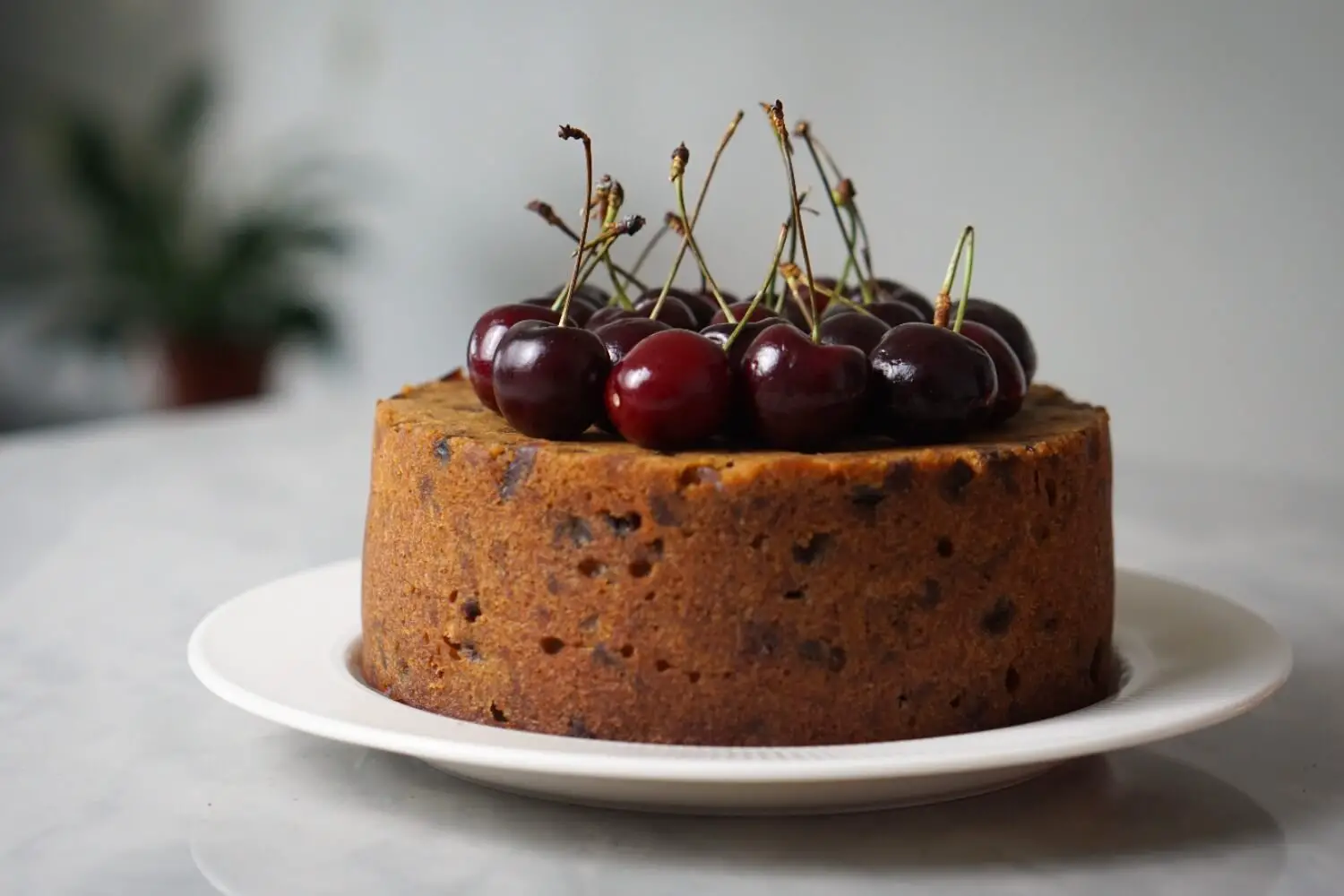
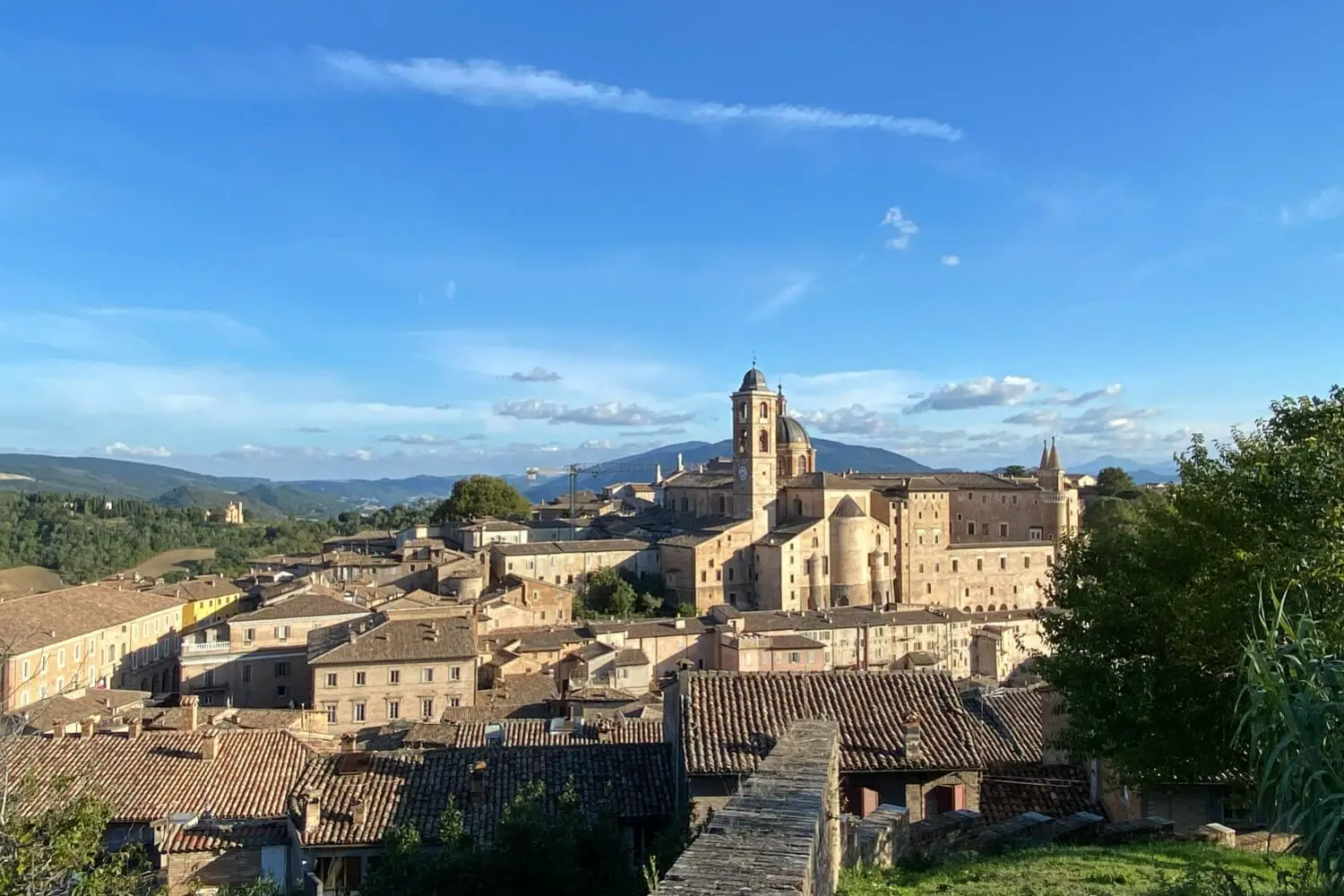


7 March 2022 at 4:20 pmVery good and easy recipe.
8 March 2022 at 2:27 amThanks for visiting!
13 March 2022 at 12:07 pmThanks for sharing 🙏 will try it too❤️
13 March 2022 at 1:58 pmThanks Ms Tan!
3 April 2022 at 7:55 amWowwww, exquisite
6 April 2022 at 2:37 amThanks Mark for visiting!